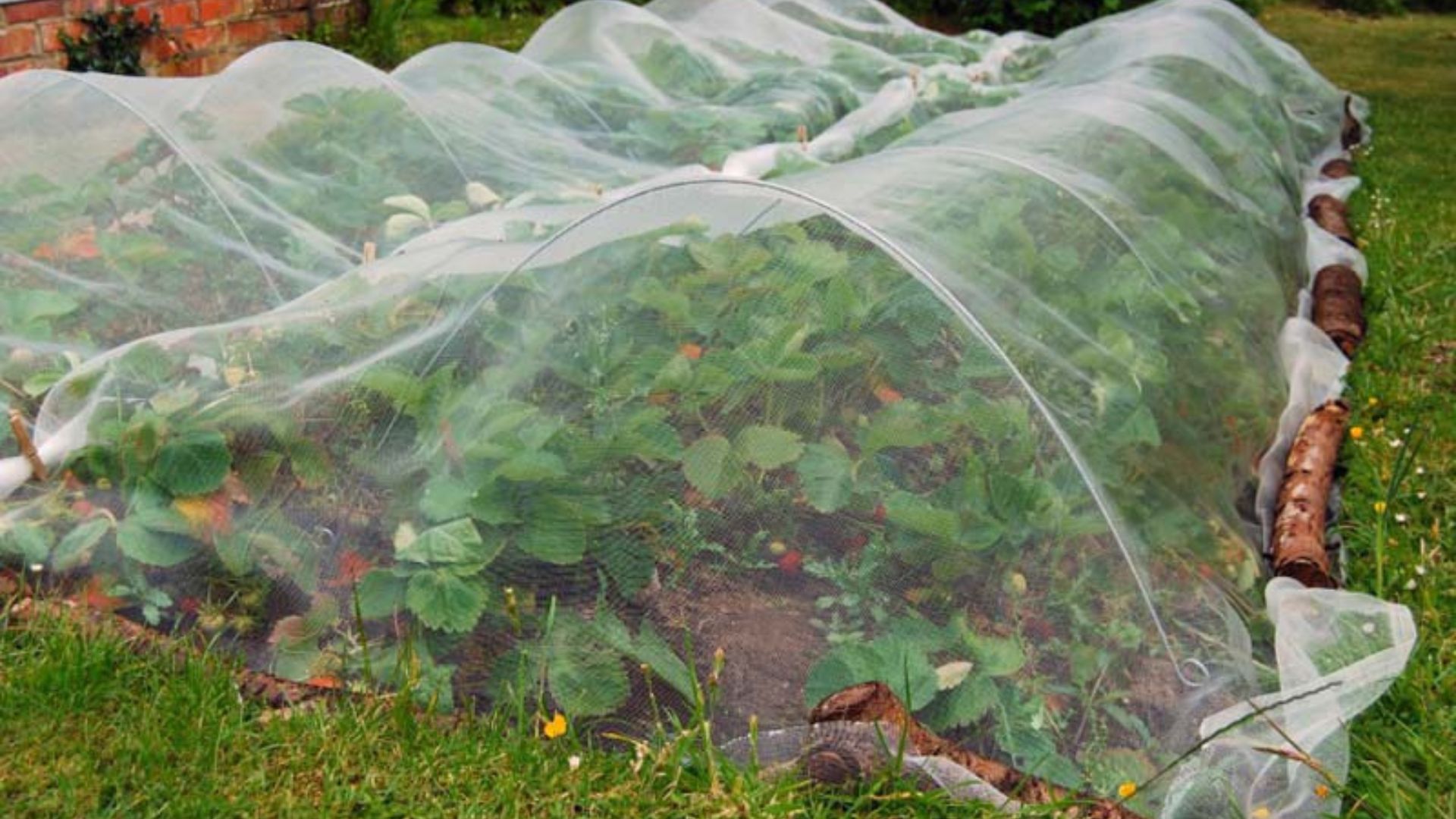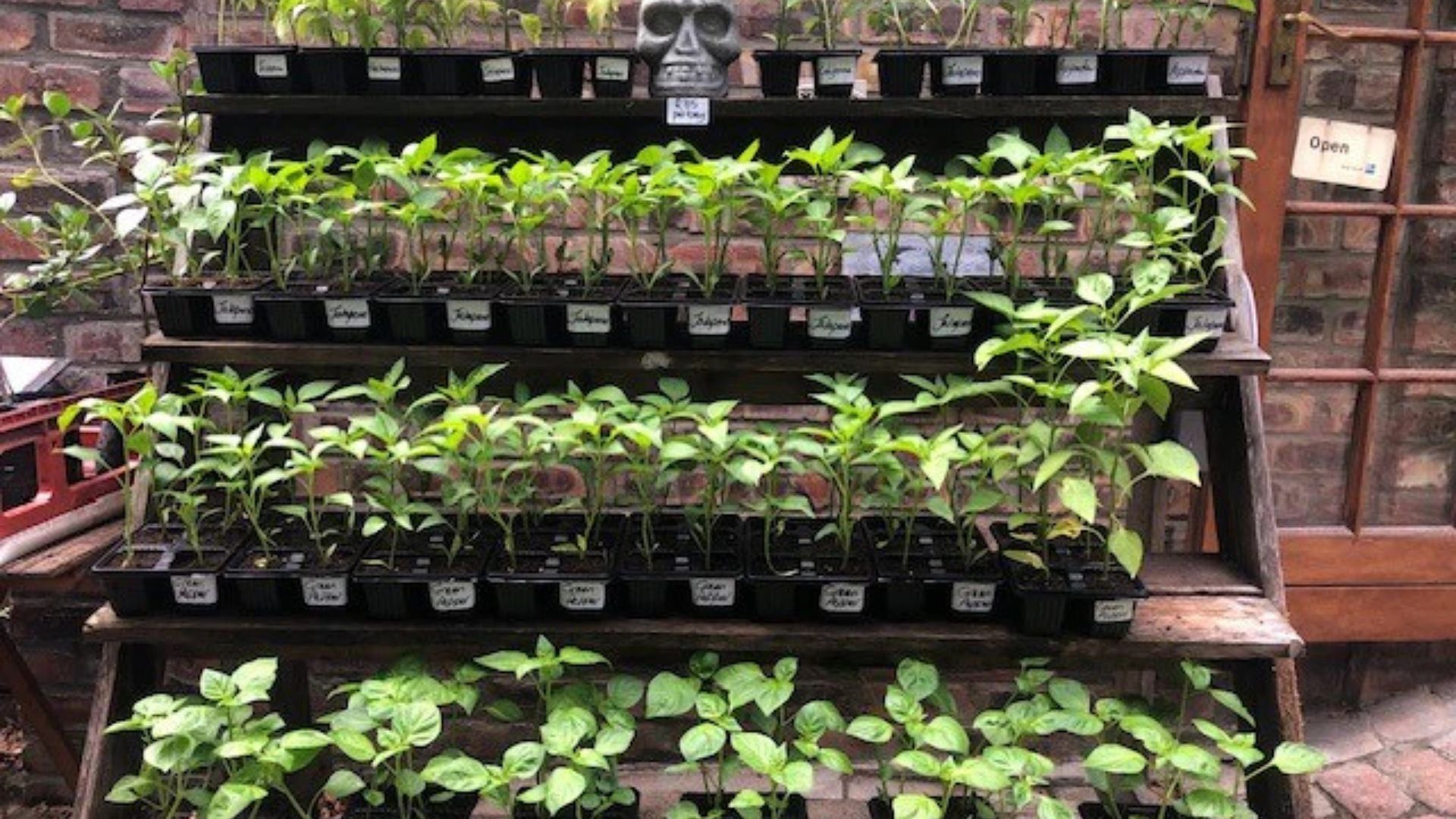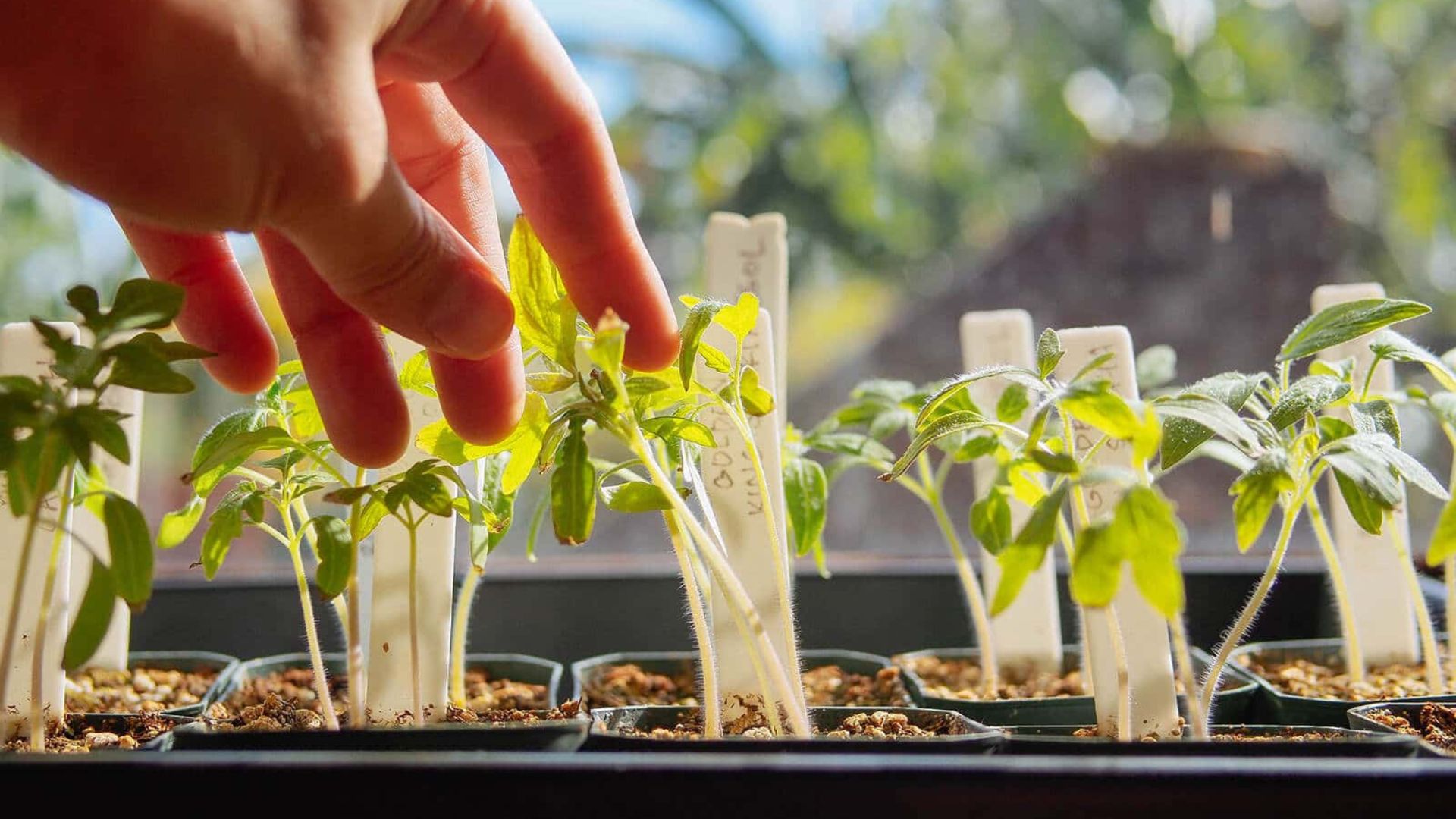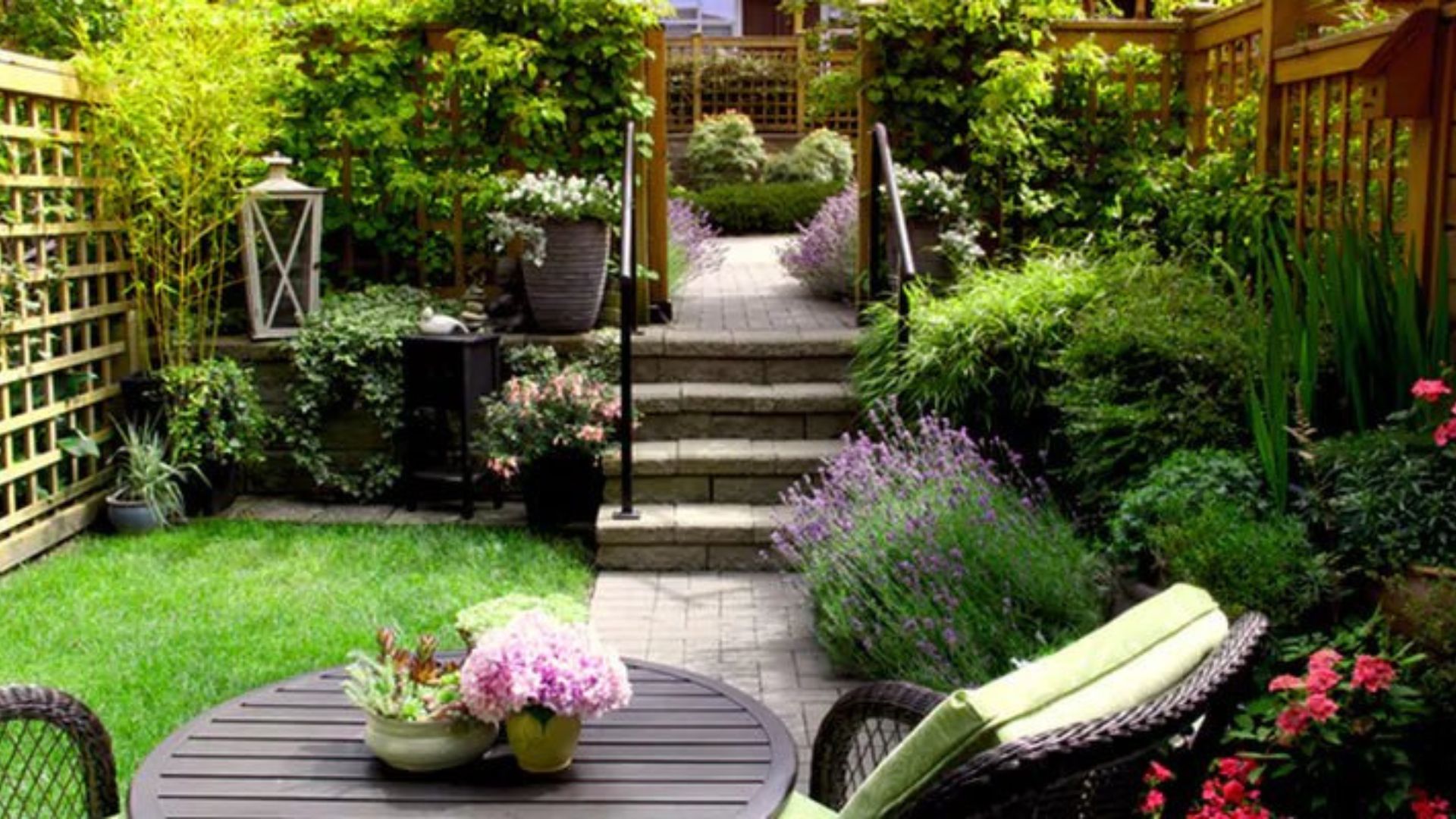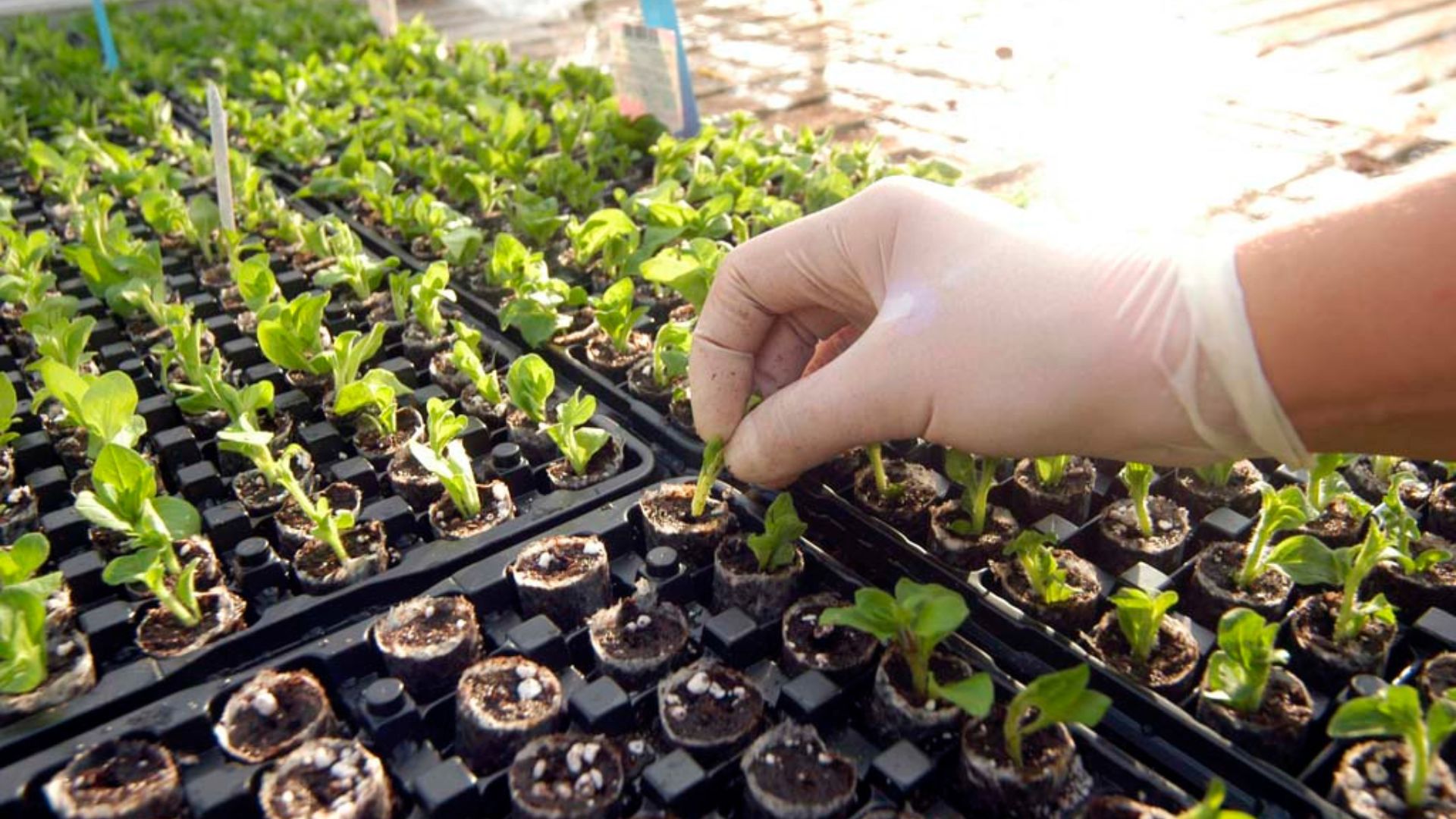Seedlings are the most vulnerable stage of a plant’s life. They’re tender, slow-growing, and full of nutrients — making them an easy target for many garden pests. Protecting seedlings from pests is crucial if you want healthy, thriving plants later. With the right strategies, you can prevent damage, reduce loss, and give your young plants the strong start they need.
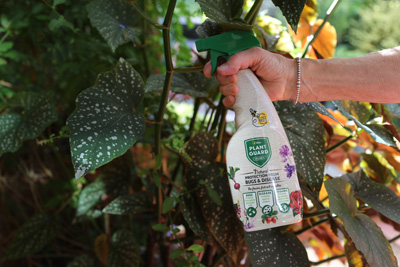
Understand the Most Common Seedling Pests
The first step in protecting seedlings is knowing your enemies. Aphids, cutworms, slugs, snails, and fungus gnats are some of the most frequent culprits. These pests can quickly chew through leaves, stems, or roots, causing your seedlings to collapse overnight. Others, like spider mites and whiteflies, drain sap from young plants, weakening them over time. Regularly inspect your seedlings to spot early signs of infestation, such as holes, webbing, wilting, or strange spots.
Maintain Clean Growing Conditions
Cleanliness goes a long way in pest prevention. Always start with sterile seed-starting mix and clean pots or trays. Remove plant debris and dead leaves, which can attract pests and harbor larvae. Keep indoor grow areas free of clutter and avoid overwatering, as moist environments encourage fungus gnats and mold. By maintaining a clean growing environment, you’re already taking a big step toward protecting seedlings from pests before they even appear.
Use Physical Barriers and Traps
Sometimes, the simplest solutions are the most effective. Use row covers, mesh screens, or cloches to physically block pests from reaching your seedlings. These tools are especially useful in outdoor nurseries or garden beds. For crawling pests like slugs and snails, copper tape around pots or garden beds can act as a natural repellent. Sticky traps can help catch flying pests like fungus gnats and whiteflies before they reproduce.
Introduce Natural Predators
Encouraging or introducing beneficial insects is a smart and eco-friendly pest control method. Ladybugs, lacewings, and parasitic wasps are natural enemies of aphids, mites, and caterpillars. In an indoor nursery or greenhouse, you can purchase these insects and release them near infected plants. Outdoors, planting pollinator-friendly flowers can attract beneficial insects naturally. Supporting this balance helps control pests without harmful chemicals.
Choose Organic Pest Control Methods
When infestations get out of hand, organic treatments can help. Neem oil, insecticidal soap, and diatomaceous earth are all safe options for protecting seedlings from pests. These solutions kill or repel soft-bodied insects without harming your plants or beneficial insects. Apply them carefully and consistently, focusing on the undersides of leaves where pests like to hide. Always test treatments on a few plants first to check for sensitivity.
Keep Seedlings Healthy and Stress-Free
Healthy seedlings are more resistant to pest damage. Provide enough light, proper spacing, and balanced watering to avoid stressing the plants. Overcrowded seedlings are more likely to attract pests and spread infestations quickly. Feed your plants lightly once their true leaves appear, as strong growth can help them recover from minor pest damage. Prevention and plant vigor work hand-in-hand to reduce the need for intervention.
Conclusion: Early Protection Leads to Long-Term Success
By protecting seedlings from pests, you lay the groundwork for a thriving garden or nursery. Using a mix of clean practices, natural barriers, beneficial insects, and safe treatments ensures your young plants stay healthy and strong. The key is early action and regular monitoring. Don’t wait for a full-blown infestation — catch problems early, respond quickly, and your seedlings will reward you with resilient growth and productive seasons ahead.






